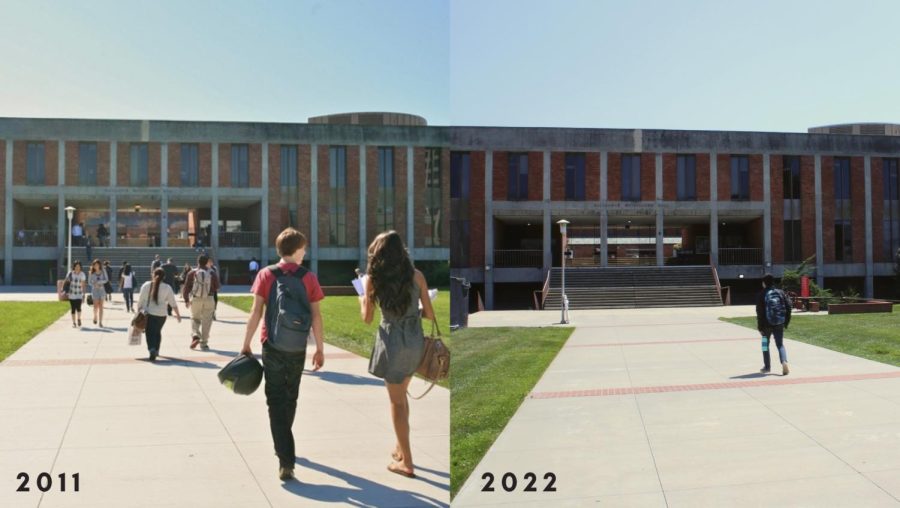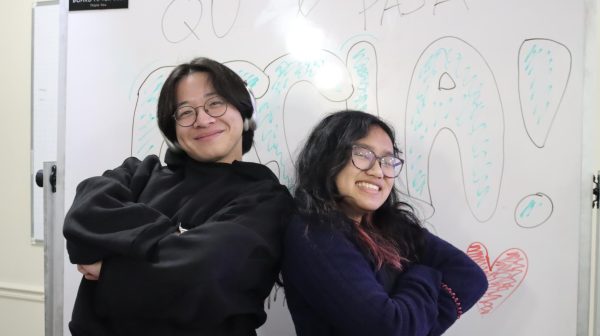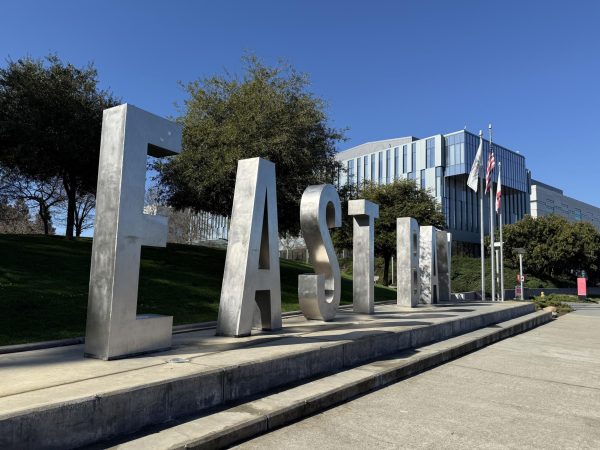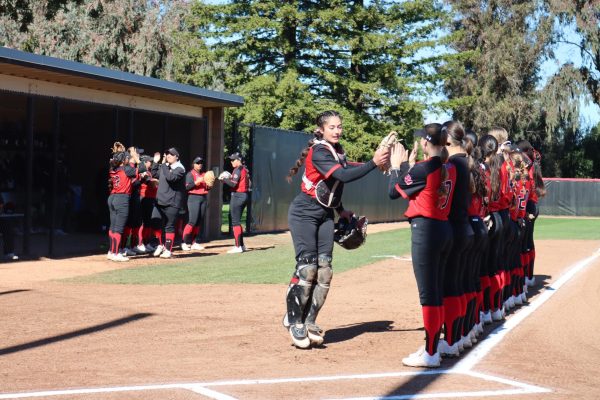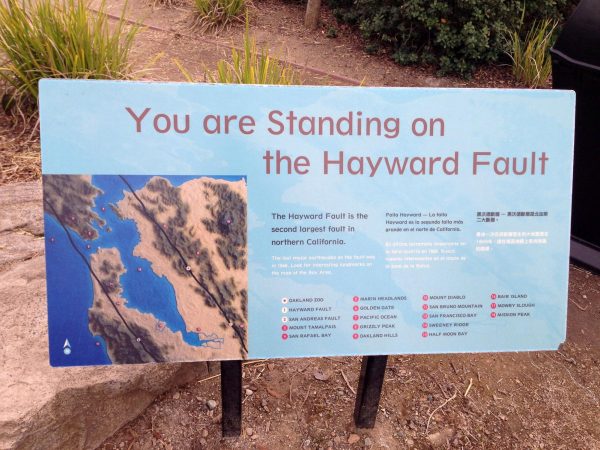CSUEB Enrollment Numbers Drop: Here’s Why You Should Care
The Impending Threat of Low Enrollment Numbers
The COVID-19 pandemic drastically changed our way of life. From the way we live, attend work, and pursue education. Enrollment in colleges and universities throughout the nation has significantly decreased, due to several obstacles, including job insecurity, financial burdens, and personal issues that arose throughout the pandemic.
In Fall 2019, California State University, East Bay’s enrollment reached over 14,705 students in undergraduate and graduate programs. For the Fall 2022 semester, the projected enrollment is expected to drop to around 12,705 students, noted Dr. Kim Greer, Interim Provost & Vice President, Academic Affairs at CSUEB.
This enrollment change will impact funding, affecting students, staff, and faculty for years to come. “When a university has lower enrollment financially, it means the university is receiving fewer dollars in tuition and fees. It also means there are fewer students in courses and that usually results in needing fewer course sections,” Greer discussed.
With a decrease in student-sourced income, the question remains: What’s at stake? A decline in enrollment rates raises concern about a number of factors, including budget cuts, increased tuition, and loss of university resources.
Dr. Sarah Nielsen, Chair of the Academic Senate and Chair of the Curriculum and Instruction Committee at CSUEB, added to the discussion. “If enrollment continues to decline, then it may mean that we have to make more serious cuts rather than [dropping] an individual class during a semester because [of] a lack of students or a professor losing one class they would typically teach.”
If enrollment reaches a dangerously low rate, “it could eventually lead to more severe cuts in staff, faculty, and programs.” Nielsen added. Fortunately, she emphasized that we have yet to reach this point as a university, but it remains a possibility if enrollment declines progressively.
Even at the current level, the ongoing issue of low enrollment threatens the livelihood of students, programs, and even faculty. An increased drop in enrollment rates can mean fewer course selections for students and fewer instructional opportunities for faculty. “There’s potential that some faculty may not have their usual number of classes to teach if enrollment continues to be down,” Nielsen added. Similarly, hindering students’ ability to choose from a wide range of courses. “In the shorter term, we will probably see more class cancellations than we have in the past,” Nielsen discussed.
Associate Provost for Faculty and Student Affairs, Linda Dobb, emphasized that student success remains a priority even when the university offers fewer course sections.“We hope to do that without impacting students’ ability to get the classes they need to graduate,” Dobb said.
Along with the gradual decline in enrollment, there is an evident shift in the modality of courses as well. The shift towards virtual or distanced-learning courses has lingered throughout the COVID-19 pandemic, even after many in-person courses have returned.
“At the department level, there have been many more proposals from departments to be certified for distanced education,” said Nielsen. On the one hand, this may grant students the flexibility to attend courses regardless of personal obligations. While on the other hand, there is the question of whether the quality of learning is compromised within online modalities.
“Like many colleges, we are still figuring out what’s the right balance of on-ground and online classes that we need to offer to reach the maximum audience that we can,” Dobb said.
The Office of Academic Affairs assured that although low enrollment means fewer resources offered, most resources students need remain operational, such as the University Libraries, Recreation and Wellness Center, and food pantry. However, there are the downsides that come with fewer resources.
“Having fewer students does impact our ability to have all the hours that we may want for all the services that we like to provide,” Dobb noted. This is emulated in the lack of hours for services like Einstein Bros. Bagels, Jamba Juice, Pizza Hut, and Taco Bell.
One of the most significant adverse effects of low enrollment is a lack of community. Quite frankly, fewer people on campus means less school spirit, which leads to less campus appeal to potential students.
“We like to have a thriving university community so that we are attractive to others,” Dobb said, “A lot of what our campus is, grows and diminishes based on some of our own reputation with our students and with the community.”
If low enrollment has the potential to decrease the appeal that CSUEB has to potential incoming students, that will lead to even lower enrollment; a vicious cycle that needs to be addressed early and head-on.
However, the university’s Office of Academic Affairs is actively making efforts to increase enrollment and graduation retention by reaching out directly to potential students.
“We need to write to them and try to bring them back to campus as much as we possibly can. We want to interest students in coming to East Bay and staying at East Bay,” Dobb expressed.
It can be challenging to predict when enrollment will increase, but Greer expressed confidence in the community’s potential to grow within the next few years. One of CSUEB’s “divisions, Student Affairs, and Academic Affairs, has been actively engaged in doing more to recruit, retain and graduate students.”


